
YANG TAO 杨涛
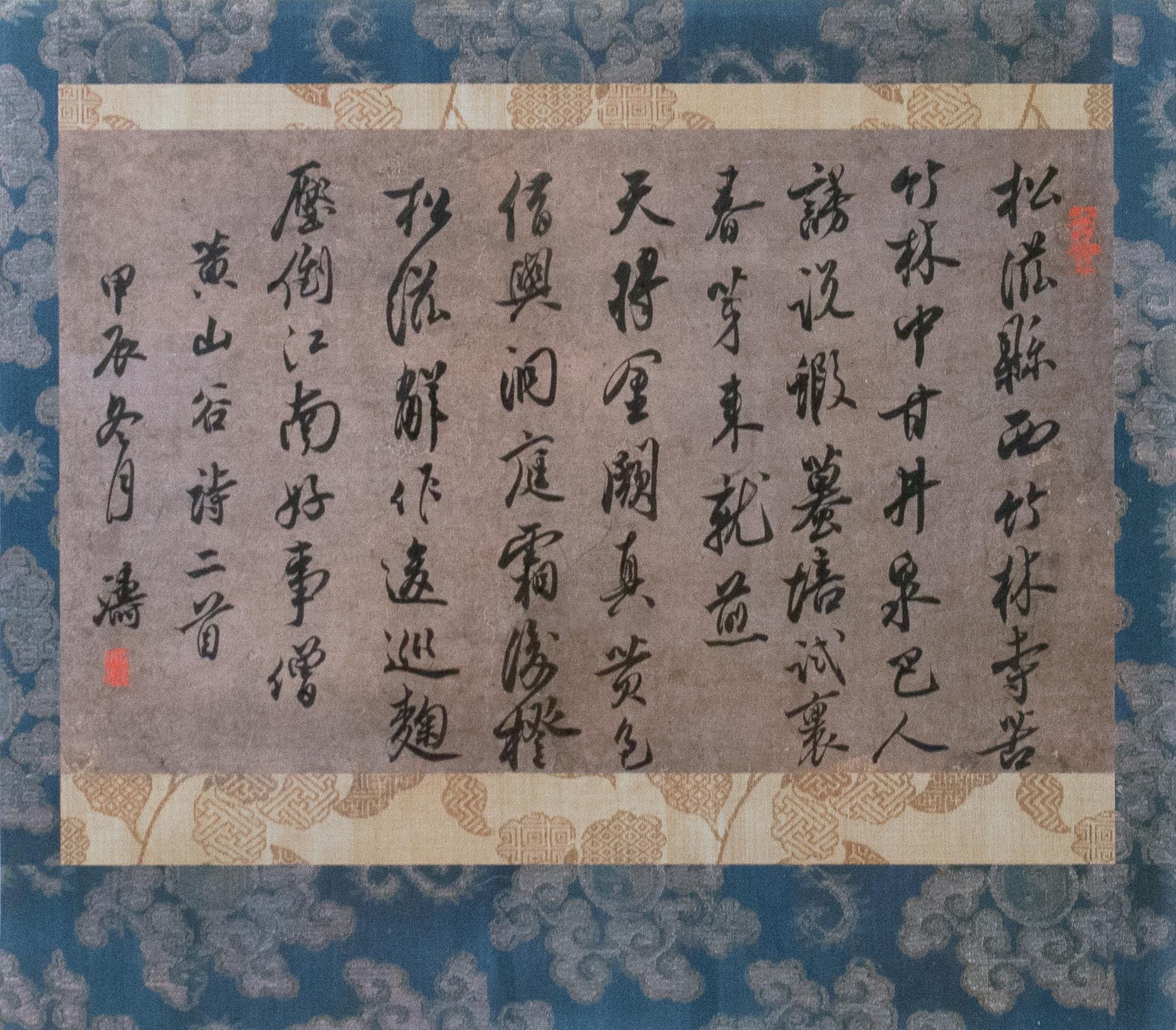
(650) 656-9132
qca_info@qualiagallery.com www.qualiagallery.com
Yang Tao: A Line Linking Past and Present
Preface to the Exhibition of Yang Tao’s Calligraphy
By Wu Weishan, at the National Art Museum of China, March 2022
Calligraphy is the art of the line.
In terms of space, the line renders written characters into a multitude of script forms, rich in visual variation and layers of meaning. Within this profusion of linear imagery lies a correspondence to the generative forces of the cosmos—it is both abstract and concrete. From the standpoint of linearity and line quality, this line travels from the oracle bone and bronze scripts to the clerical hands of poplar and tamarisk brush, from brush on silk to chisel on stone. It carries the dynamic evolution of stele and modelbook traditions, as well as the merging and diffusion of brush, ink, paper, and water. It brims with life and motion and manifests the very trajectory of culture.
In viewing Yang Tao’s calligraphy, I can say with confidence that his control of space, line, and texture is guided by principle. His work moves with measured restraint and release. Within the constraints of the round and the angular, the curved and the straight, his lines are charged with vitality and confidence. His expressiveness is powerful, suffused with a natural boldness. This stylistic character is a direct reflection of his personality.
Yang Tao observes the world with acute sensitivity. His scholarly rigor and interdisciplinary thinking demonstrate a mind that is both precise and expansive. Yet when moved by something profound, he becomes emotionally impassioned, creatively charged, and expressive with unrelenting intensity. These “polarities” in his nature are echoed in his calligraphy—on one end, the composed steel-line seal script; on the other, the unrestrained cursive. Of course, he works broadly across script types, devoting the same seriousness to clerical and standard script, which adds further richness to his calligraphic language. But the essential axis of his work lies in the firm structure of his seal script and the explosive force of his wild cursive. This tension of opposites forms a dynamic unity, releasing a wave of creative vitality and expressive energy.
Particularly noteworthy is his achievement in cursive script, which is a synthesis of natural disposition and deep scholarship. Stylistically, his cursive benefits greatly from the structural influence of seal and clerical scripts.
To write steel-line seal script, one must cultivate stillness, store up energy and force, practice patience and resilience. Only then can each stroke be rendered with fullness and strength. Yang Tao’s seal script draws upon such classical steles as Li Si’s Yishan Stele, Li Yangbing’s Sanfen Ji, and the Tang-dynasty Biluo Stele. His large-seal script is rooted in the bronze inscriptions of the Shang and Zhou dynasties. As a result, his calligraphy unites the graceful strength of the steel-line seal, the weight and unrestrained spirit of large seal, and the wave-like movement of clerical strokes. His line quality is solid, vigorous, and profound, his brushwork rising and falling like mountains—at once forceful and fluid.
His cursive writing, based in the wild cursive tradition of the Tang, also integrates the elegance of Song-dynasty forms. Drawing on the ancients, it breathes with its own natural spirit. Looking at his work as a whole, one finds it both sweeping and precise, smooth yet sharp. His art is governed by the line, powered by movement, and expansive in structure.

Yang Tao: A Line Linking Past and Present
Preface
to the Exhibition of Yang Tao’s Calligraphy
By Wu Weishan, at the National Art Museum of China, March 2022
As Yang Tao himself has stated:
“Calligraphy is the embodiment and interpretation of the Chinese spirit over thousands of years.”
His aim is to “awaken what is genuine through the hand that acts with intention, to reveal a luminous sincerity, and illuminate the original heart.”
This shows that his art aspires beyond calligraphy; it reaches toward culture and thought. This is what makes his presence in the calligraphy world so rare and valuable. If calligraphy is a medium for conveying the Way, what is left when the Way is absent? Philosophy, literature, calligraphy, and even pictorial imagination converge in a generative synthesis.
This, perhaps, is the highest realm of calligraphy. Within Yang Tao’s artistic world, one senses a strong metaphysical resonance. In reaching toward this lofty artistic realm, he has discovered boundless space. Grounded in the experience of modern life, attuned to the aesthetic needs of our time, he builds his art with thoughtful persistence, walking each step with conviction as he pursues his dream of a calligraphy that reflects his unique spirit.
A line in calligraphy is also a line of cultural vitality, constantly extending and never ceasing. Yang Tao walks steadfastly along this enduring dimension.

BIOGRAPHY YANG TAO 杨涛
b. 1968 in Anhui, China; Lives and works in Beijing, China
Yang Tao is a native of Xuancheng in Anhui Province, currently working at the China National Academy of Arts under the Ministry of Culture and Tourism. He is Director and Professor at the China Calligraphy Institute, as well as a doctoral advisor. He serves as a reviewer for the National Arts Fund and the China Postdoctoral Science Foundation, a member of the Exhibition Review Committee at the National Art Museum of China, and a guest professor at both the China Academy of Art and the Central Academy of Fine Arts. He is also a member of the Xiling Seal Engraver’s Society, among other affiliations. dream of a calligraphy that reflects his unique spirit.

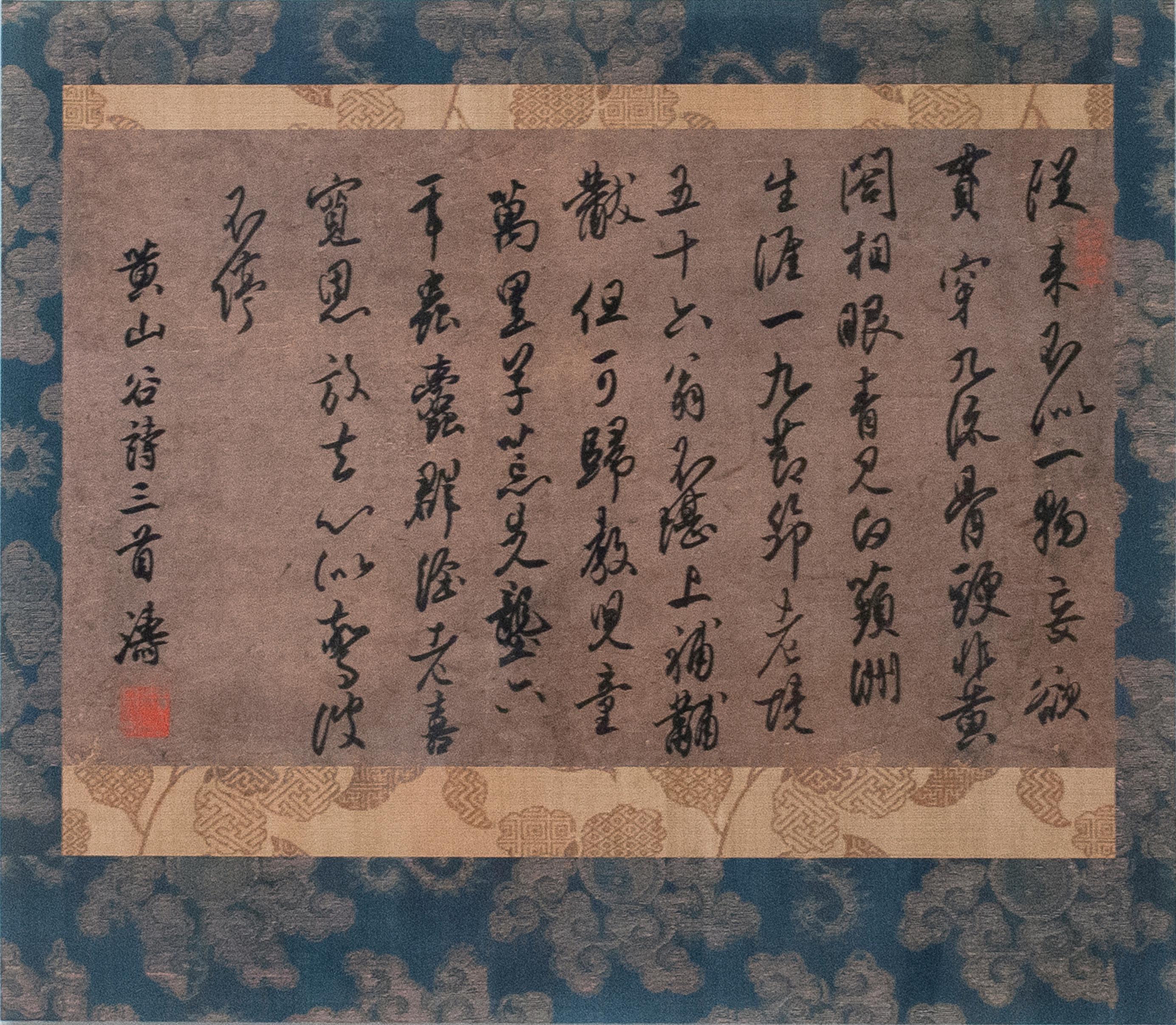
Three Poems by Huang Shangu, 2025
Ink on xuan paper
24 x 34.25 cm | 9.5 x 13.5 in
Mounted: 33.7 x 38.75 cm | 3.25 x 15.25 in
Framed: 47 x 52 cm | 18.5 x 20.5 in


Two Poems by Huang Shangu, 2025
Ink on xuan paper
24 x 34.25 cm | 9.5 x 13.5 in
Mounted: 33.7 x 38.75 cm | 3.25 x 15.25 in
Framed: 47 x 52 cm | 18.5 x 20.5 in

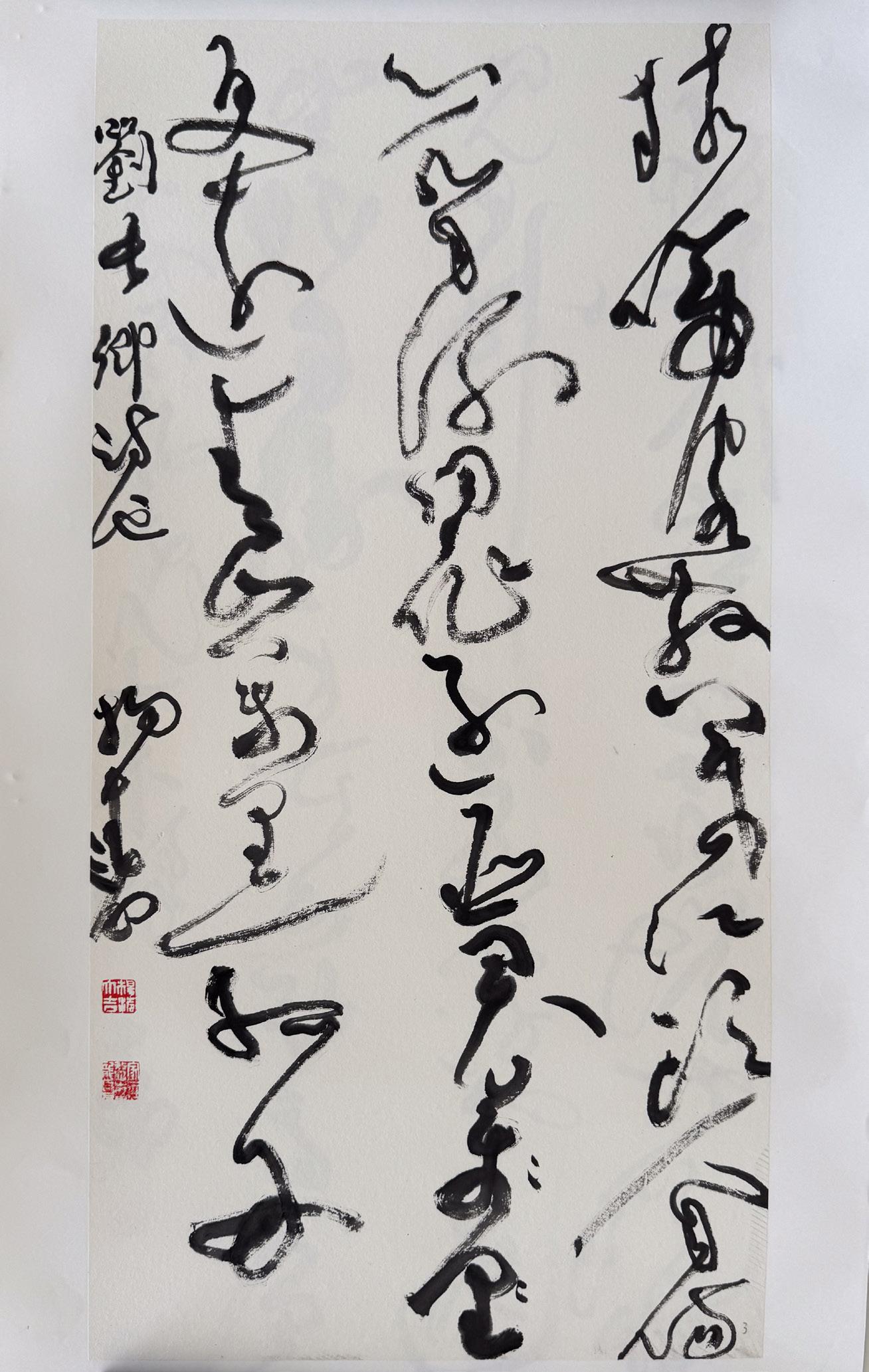
Ink on xuan paper
68.5 x 35 cm | 27 x 13.75 in
Framed: 85 x 48.3 cm | 33.5 x 19 in
刘长卿诗一首 A Poem by Liu Changqing, 2025

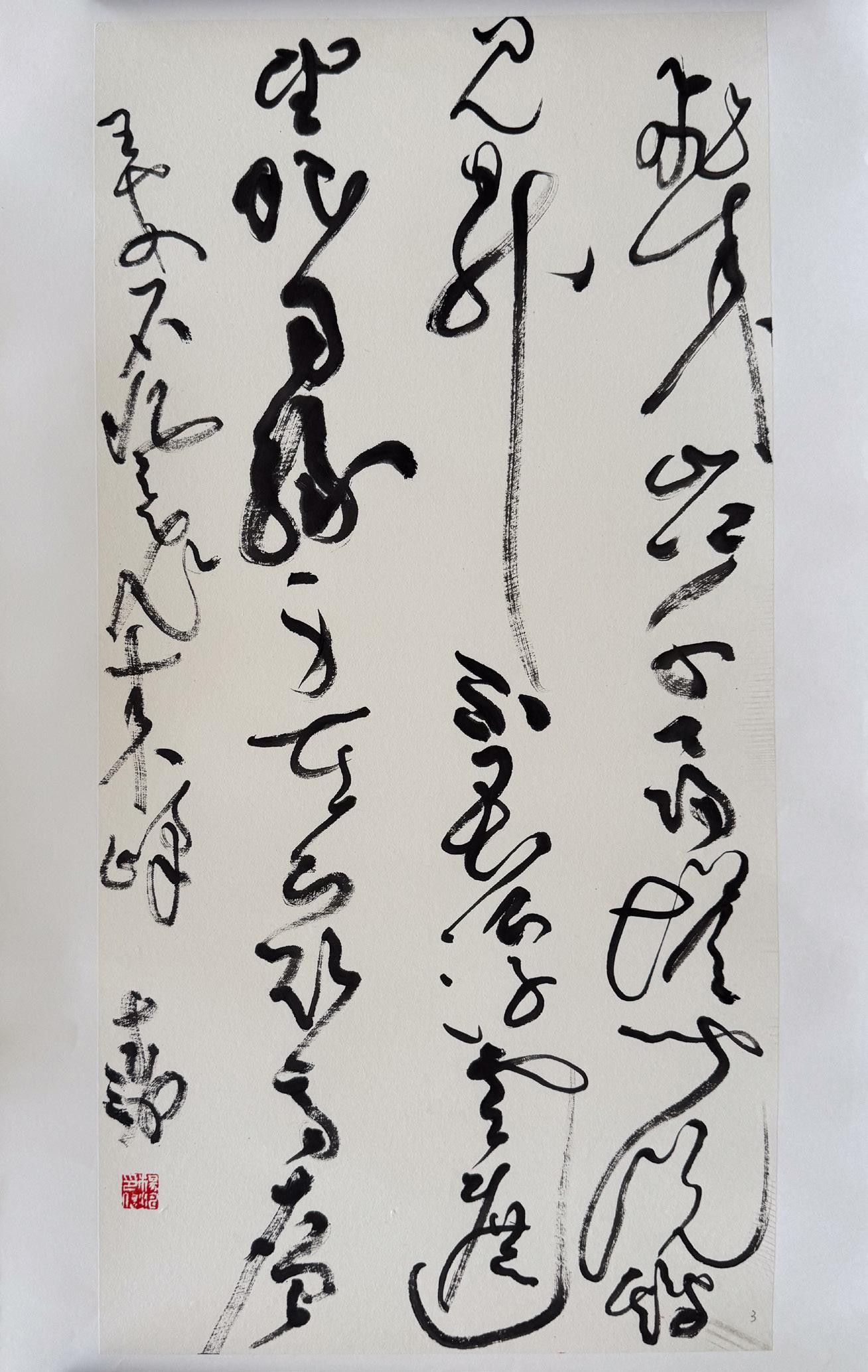
Ink on xuan paper
68.5 x 35 cm | 27 x 13.75 in
Framed: 85 x 48.3 cm | 33.5 x 19 in
王安石诗一首 A Poem by Wang Anshi, 2025
